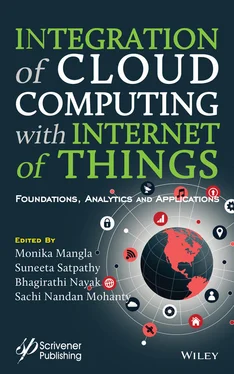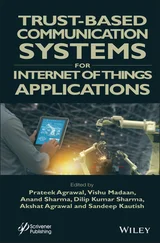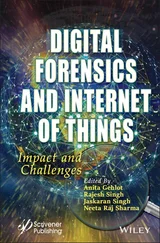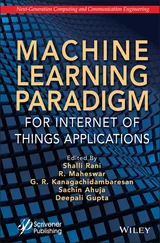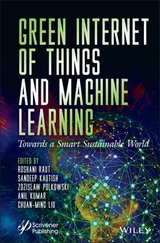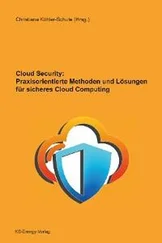Speed
EC facilitates the availability of analytical computational resources in the vicinity of the end-users, hence can improve the speed of response. The presence of a small amount of data and its management to remote locations reduces the overall loads in the traffic. The reduction in latency can enhance the speed of communication at the user-end.
Efficiency
In EC the end-user remains at the proximity of the computing which allows the application of sophisticated Artificial Intelligence and analytical tools at the edge of a system. Such schemes improve the overall operational efficiency of the system.
Cost Saving
EC has to deal with less data that is relevant to the end-user. Removal of redundant data reduces the cost of data handling, transportation, storage, and management. Further, the bandwidth cost is also reduced as it needs to deal with large data management.
Versatility
EC remains versatile since industries can target the coveted markets with their local cen-ters with fewer infrastructure investments. In this way, the enterprises may allow expert assistance with latency. The efficiency of EC can further increase with the involvement of advanced IoT gadgets without changing the current IT structure.
The Limitations of EC
Table 1.1 shows the limitations of EC.
Table 1.1The limitations of EC.
| Security |
It is often difficult to maintain the desired security in a distributed network such as EC. The security further at risk due to the transfer of data outside the network edge. Further, the infiltration or pilferage of data when a new IoT device is introduced. |
| Incomplete Data |
EC can analyze and process limited information and discard the rest of the data. Thus, there is a possibility of valuable information loss which compels the end-user to decide the type and amount of information before opting for such a scheme. |
| Investment Cost |
The implementation of an EC infrastructure remains complex and costly and complex since it requires additional resources and equipment. It requires more local hardware for functioning. |
| Maintenance |
The EC uses a distributed framework which is decentralized, thus, there are several combinations and variation in network architectures or modes. Hence the maintenance cost increases as compared to that of a centralized network such as CC. |
1.3.2.3 IoT in Fog Computing (FC)
FC reduces the amount of information to be carried into the cloud and improves efficiency by extending the cloud nearer to the data generating device known as the fog nodes. These fog nodes are in the form of controllers, switches, servers, routers, cameras, etc. which provide the desired storage, network connection, and computing features is known as fog node. In general, CC is incapable of handling large data bandwidth as it is subjected to volume and latency that’s leads to the advent of FC. It is found useful in compliance and data security and is a non-trivial extension of CC. It bridges several sensors appearing at the network edge to the core computing structure of the cloud [1, 23]. The system requires the processing to be carried out either on the network edge of a gateway device or router or in the data hub of the mobile device.
Although, the FC is similar to EC appear similar the key difference lies in the location or the placement of computing power and intelligence. The FC places the intelligence at the local area network to transfer the data from end-users to a gateway for further transmission. On the contrary, EC intends to place the processing power and intelligence in devices such as embedded automation controllers. The concept of cloud, Edge, and FC is shown in Figure 1.7.
Similarly, EC appears directly on the devices where the sensors or controllers are attached or it may appear at the gateway device physically nearer to the sensors. On the other hand, FC carries the edge activities to several processors connected to the LAN physically away from the sensors, controllers, and actuators.
Advantages of FC
Since in EC the storage and processing of data to take place in LAN, the technique allows the organizations for the aggregation of information from multi-devices to regional stores.
The data processing capability of Fog architecture is larger than that of Edge as the former allows organizations to gather data from different various devices.
It improves and helps the real-time processing capabilities of the Edge architecture.
It is most suitable for structures that have to handle millions of devices sharing information between them. Figure 1.7The concept of cloud, edge, and FC.
It can provide a better quality of services, low latency, security, privacy protection, location awareness, reliability, etc. Hence, it can be efficiently employed in real-time applications than CC.
Disadvantages of FC
A major drawback of FC is the huge data dimensions it needs to handle with millions of devices.
It requires a large investment and consequently a large infrastructure to accommodate such volume of data and devices for reliability.
For large sensor data, it is difficult to use the cloud for transmission. Hence, it is essential to move to Fog architecture. Further, the data transmission between the sensors and the cloud or vice versa requires a large bandwidth that makes the CC inefficient. Thus, in the future, it is advisable to replace the CC with FC in the application such as a smart grid, low energy consumption, smart transportation system, smart traffic, management systems, agriculture, and health care system.
1.3.2.4 IoT in Telecommuting
In IoT software domain initiatives, it is possible to implement teleconference or telepresence applications efficiently. It can provide job satisfaction and protect the living being from the effect of greenhouse gas by limiting their traveling. Ultimately, the profit margin of an organization improves as telecommuting reduces the office overhead costs by minimizing office space, lighting, heating, etc. Evidence shows an average annual energy savings of 23 KWh per square foot amounting to 70% of total energy consumed due to air conditioning, heat, and lighting in a U.S. office building [24]. Similar expenditures can be curbed by integrating telecommuting with consulting, hoteling, field service, and sales. The framework of integrating telecommuting to IoT application domain must take care of the following few issues.
The energy consumption
Identification of the key energy indices for efficient utilization of different network elements
Device and network optimization for carrier telecommunication
Effective management of the link between the environment and the network technology.
We need to segregate individuals or groups who can work remotely with efficiency and benefit the organization as a whole.
We need to define the responsibilities, accountability, and expectation standard clearly.
Describe clear rules and regulations for employees selected for telecommuting.
Due weightage needs to be given to the career goal of the telecommuting employees.
Move to cloud as an when required for assistance
1.3.2.5 IoT in Data-Center
Data Centers are the biggest consumer of energy and hence required to be energy efficient. These data centers require a context-aware sensing mechanism to implement selective sensing for minimizing power consumption. An effective energy management architecture can supply power uninterrupted to the dedicated sensor and switches off the idle controllers/sensors/actuators as and when required [25]. Effective data center functioning needs to tackle the following issues.
Читать дальше
